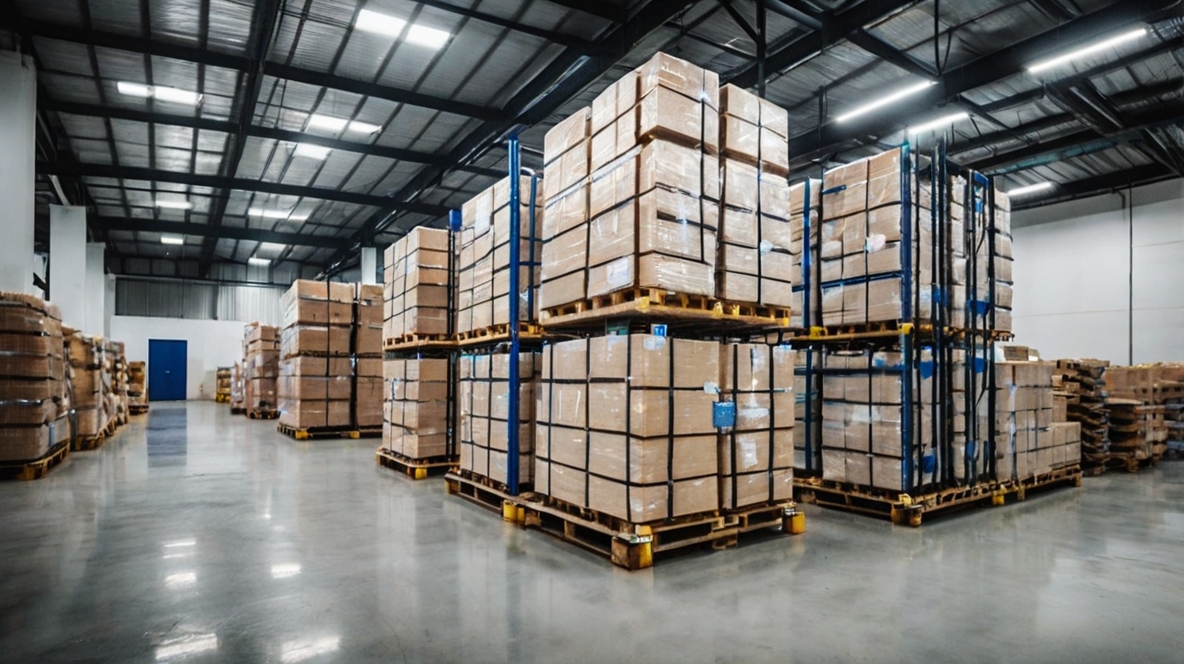The cold storage market in Vietnam is experiencing significant transformations, and as we look toward 2025, key trends are emerging that will shape the industry. The growing demand for fresh and perishable goods, combined with advancements in technology and infrastructure, is driving the need for modern cold storage solutions. In this article, we explore the main trends expected to define the Vietnam cold storage market in 2025.
Growth in Perishable Goods Demand
As Vietnam's population continues to rise, so does the demand for fresh food products. Consumers are increasingly looking for fresh, organic, and healthy food, creating a strong need for cold storage facilities that can preserve the quality and safety of perishable goods. In 2025, this demand is set to grow further, with products like meat, seafood, fruits, vegetables, and dairy driving the need for reliable cold storage systems.
As e-commerce and food delivery services become more widespread, businesses are also focusing on cold storage to ensure that perishable goods are delivered fresh to consumers. This trend is particularly noticeable in urban areas, where consumers seek the convenience of fresh food delivered straight to their doors. The need for efficient cold storage solutions to meet these demands will continue to rise in the coming years.
Technological Innovations in Cold Storage
The Vietnam cold storage market in 2025 will be marked by significant technological advancements. One of the biggest trends is the adoption of energy-efficient and environmentally friendly cooling systems. As businesses and governments increasingly focus on sustainability, cold storage facilities will integrate advanced refrigeration technologies that reduce energy consumption and carbon footprints.
Additionally, IoT (Internet of Things) technology is playing an increasingly important role in cold storage. IoT-enabled sensors are being used to monitor temperature and humidity levels in real-time, allowing businesses to ensure that perishable goods are stored under the optimal conditions. This technology also enhances traceability and transparency in the supply chain, which is particularly crucial in the food and pharmaceutical sectors.
Automation is another growing trend in the cold storage market. Automated systems are being implemented to handle inventory management, reduce human error, and improve operational efficiency. The use of robotics, AI, and machine learning in warehouses is helping businesses streamline their operations and maximize storage capacity.
Expansion of Cold Storage Infrastructure
In response to the growing demand for temperature-sensitive products, Vietnam is seeing an increase in cold storage infrastructure development. As of 2025, more modern and advanced cold storage facilities are expected to be built, especially in key logistics hubs such as Ho Chi Minh City, Hanoi, and industrial zones across the country.
The expansion of cold storage infrastructure will be crucial in supporting industries like agriculture, pharmaceuticals, and retail. The development of state-of-the-art storage facilities that adhere to international standards will also boost Vietnam's export capabilities, particularly for seafood, fruits, and other agricultural products. These new facilities are expected to meet the needs of both local and global markets, improving the country’s position in international trade.
Regulatory and Government Support
The Vietnamese government is likely to continue to prioritize the growth of the cold storage market through policies that support infrastructure development and food safety standards. As the country strengthens its position as a global supplier of agricultural products, the government is expected to implement regulations that promote the adoption of modern cold storage technologies and encourage investment in the sector.
In 2025, businesses in the cold storage market will benefit from a more favorable regulatory environment, including tax incentives and subsidies for energy-efficient solutions. These policies will create opportunities for companies to invest in sustainable practices while ensuring the quality and safety of perishable goods.
Fore More Info : - https://gmiresearch.com/report/vietnam-cold-storage-market/
Conclusion
In conclusion, the Vietnam cold storage market in 2025 will experience significant growth and transformation driven by increasing demand for perishable goods, technological advancements, infrastructure expansion, and government support. As the industry evolves, businesses that focus on energy efficiency, automation, and quality control will be well-positioned to succeed. The trends shaping the cold storage market will not only support domestic growth but also improve Vietnam’s role in global trade, making the market a key component of the country’s economic development.





Comments